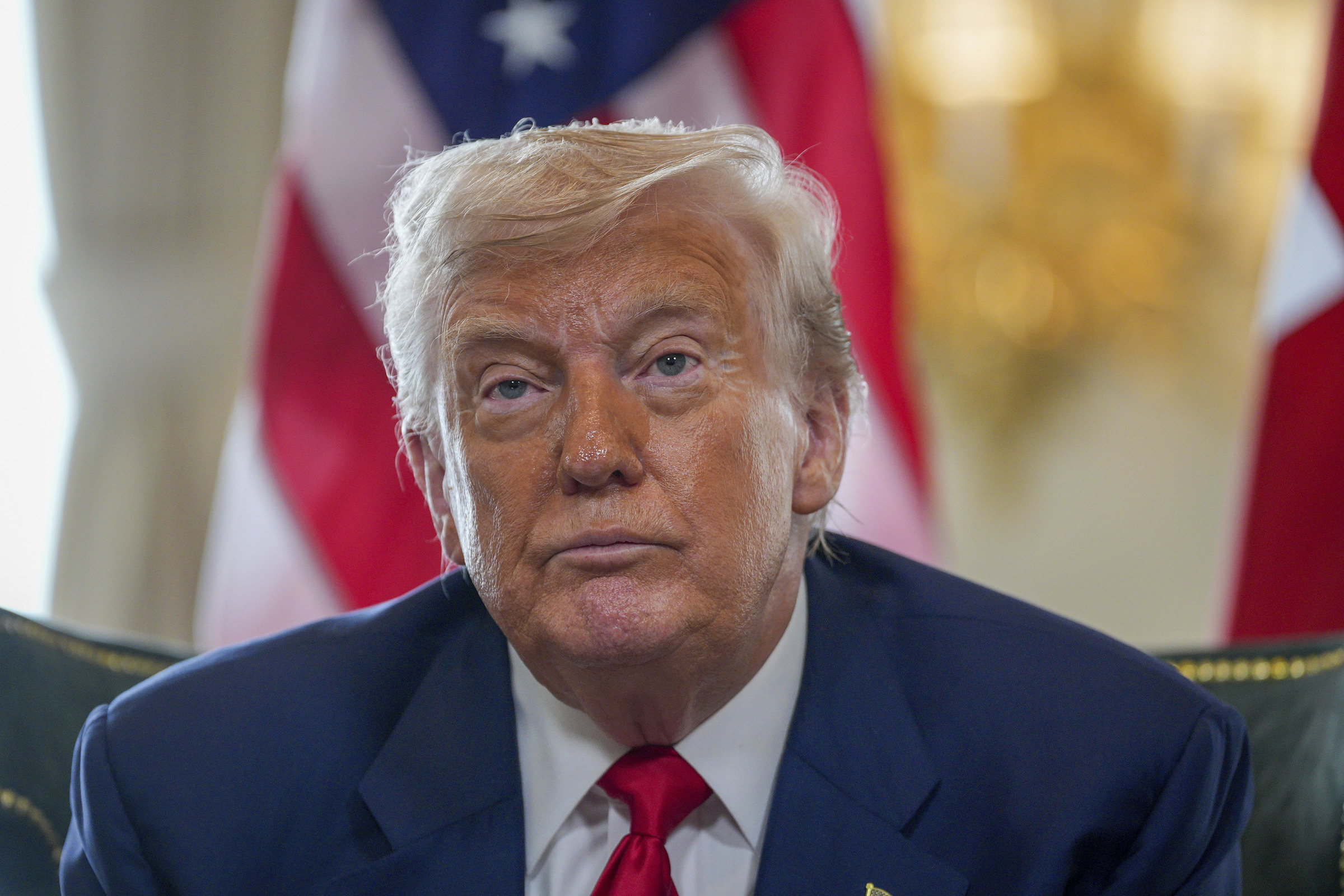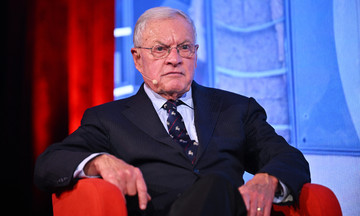Steve Witkoff, the US special envoy to the Middle East, visited a controversial US-backed aid distribution site in Gaza on 1/8. This is one of three locations where hundreds of Palestinians have died in recent weeks trying to access scarce food supplies.
Witkoff said he spent five hours in Gaza to gain a better understanding of the humanitarian situation and report back to President Donald Trump. Earlier in the week, Trump said there was "real starvation" in Gaza, contradicting Israeli Prime Minister Benjamin Netanyahu's statement.
"I spoke with Steve Witkoff. He had a great meeting with many people, and the main topic was the food issue," Trump said on the evening of 1/8. "He also had a few other conversations that I will tell you about later, but he had a meeting about getting food to the people, and that's what we want."
After more than 20 months, Israel's campaign in retaliation against the militant group Hamas in Gaza has taken a heavy toll on the narrow strip of land along the Mediterranean. More than 60,200 Palestinians have been killed and about 147,000 injured. Satellite imagery shows almost 70% of the buildings in Gaza have been destroyed or damaged.
The United Nations said Gaza has met two of the three criteria for declaring a famine: a sharp drop in food consumption and a rise in acute malnutrition. The criterion of deaths from malnutrition is not clear, but there are increasing images showing this.
The situation is so serious that, after repeated evasions, President Trump acknowledged Gaza is facing starvation. "It's real starvation, I've seen it and you can't fake it," he told reporters in Scotland on 28/7. "Therefore, we will be more involved in the issue."
However, observers say the crisis in Gaza is a difficult problem for Trump, as Washington could be seen as "complicit" if it doesn't act, but faces the risk of fracturing relations with Israel if it intervenes too strongly.
 |
US President Donald Trump speaks to the media in Turnberry, Scotland, on 28/7. Photo: AP |
US President Donald Trump speaks to the media in Turnberry, Scotland, on 28/7. Photo: AP
Israel is a key US ally in the Middle East. The Council on Foreign Relations, a Washington-based organization, estimated in 11/2024 that Israel has received a total of about 310 billion USD in military and economic aid from the US since 1948.
The US supported Israel when the conflict between Tel Aviv and Hamas erupted in 10/2023. However, Israel's prolonged campaign led to a humanitarian crisis in Gaza, raising questions for then-President Joe Biden about whether to maintain this stance.
Biden subsequently chose to continuously pressure Israeli Prime Minister Benjamin Netanyahu to facilitate aid access to Gaza and establish a port to supply the territory, avoiding major disagreements between Washington and Tel Aviv.
US officials at the time said one reason was that Hamas often takes a tougher stance in ceasefire negotiations if the group sees signs of a rift in US-Israel relations.
The ceasefire between Israel and Hamas in the latter half of January improved the situation, thanks to United Nations aid convoys entering the territory. But in early March, Israel decided to tighten the blockade, halting all aid to Gaza, to pressure Hamas to return hostages.
These moves have pushed Gaza into its current state of despair. Israeli officials deny responsibility for the food shortages in the territory, saying the problem has been exaggerated and is caused by Hamas. The militant group denies the accusation.
Meanwhile, polls show American support for Israel's campaign has dropped significantly. Views leaning towards the Palestinians are appearing more frequently, even within the Republican Party. Marjorie Taylor Greene, a close ally of Trump, on 28/7 became the first Republican lawmaker to call the humanitarian crisis in Gaza "genocide".
Like his predecessor, Trump has few options. Even if Hamas is the real obstacle, the US has no leverage to influence the militant group. The US president's most viable option at this point is still to pressure Israel to take more action, such as opening roads and protecting aid convoys.
This may be why Trump sent Witkoff to Israel and Gaza just days after he withdrew the envoy from ceasefire talks between Israel and Hamas, US media reported. After visiting Gaza, Witkoff is expected to report back for Trump to "approve a relief plan for the region".
The Atlantic quoted two US officials as saying Trump has begun to believe Netanyahu has achieved his military objectives and is seeking to prolong the conflict in Gaza for political purposes. This is contrary to the White House's desire to end the conflict.
But Trump has not translated this displeasure into a change in foreign policy. The US president still blames Hamas for the collapse of the ceasefire talks. The US is also not applying pressure by recognizing a Palestinian state if Israel does not improve the situation in Gaza, as the UK, France, and Canada are doing.
A US official stressed that Trump and Netanyahu "have no significant rift" and that the US president is running out of patience with Hamas, not the Israeli leader.
Israeli officials are also trying to convey the message that their country is a "strategic asset" in US foreign policy. Israeli Minister for Strategic Affairs Ron Dermer argues that Israel's role in US national security will "increase" as Washington seeks to reduce its presence in the Middle East to focus resources on competing with other rivals.
 |
Food distribution in Khan Younis, southern Gaza Strip, on 22/7. Photo: AFP |
Food distribution in Khan Younis, southern Gaza Strip, on 22/7. Photo: AFP
According to Aaron David Miller, a veteran Middle East negotiator who has worked for several US secretaries of state, with a war that has lasted nearly two years, the prospect of a complete victory or a comprehensive agreement seems unrealistic.
"The more likely scenario now is that Trump and advisor Witkoff will seek a temporary agreement that allows for more humanitarian aid, and may lead Hamas to release more hostages," Miller told The New Yorker.
Observers say a long-term solution may require the US to use its annual military aid to Israel to pressure Netanyahu's government. From there, Washington could push the Israeli prime minister to accept a ceasefire with terms not entirely to Tel Aviv's liking.
Nhu Tam (According to NBC News, The Atlantic, Reuters)












